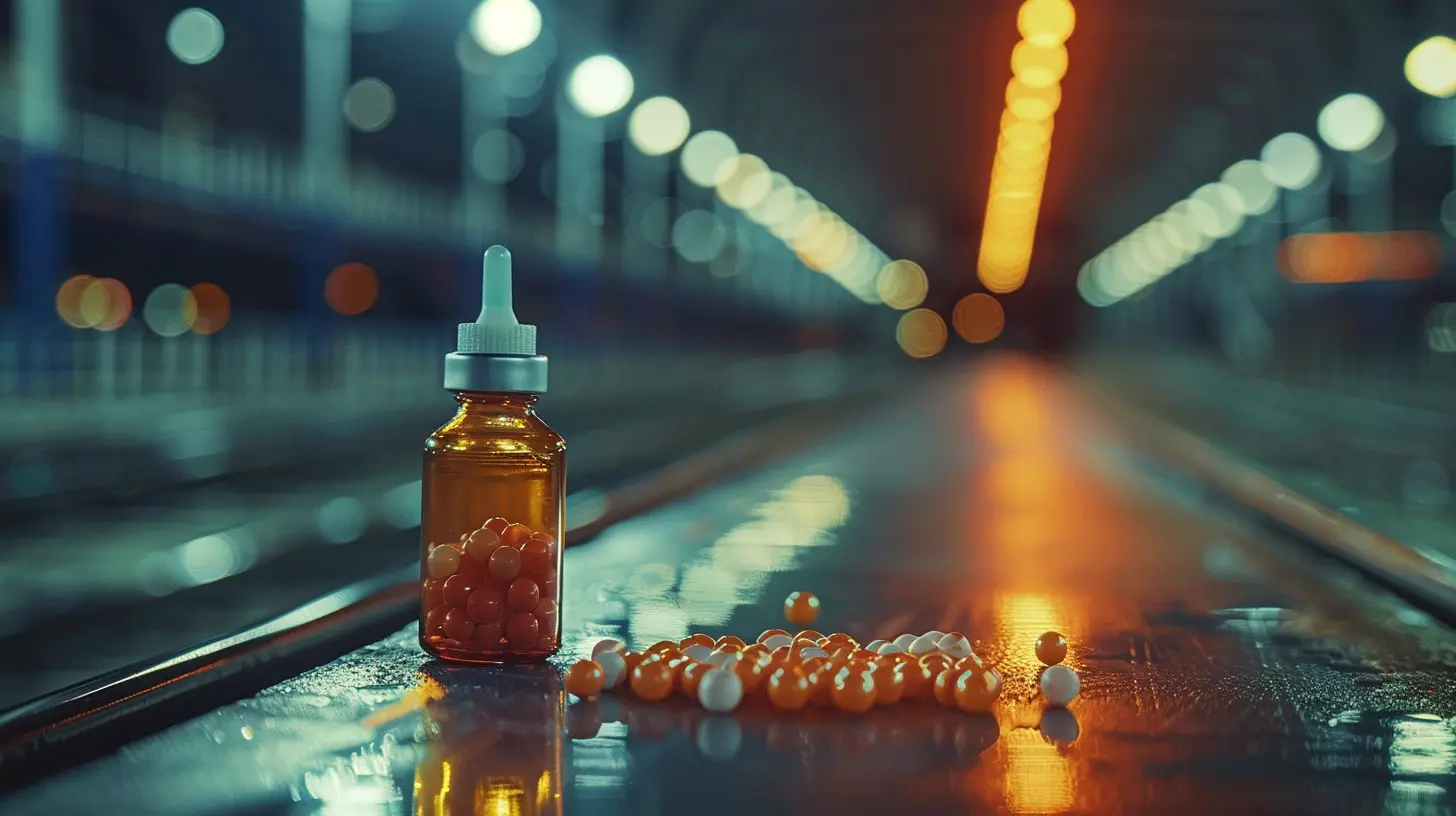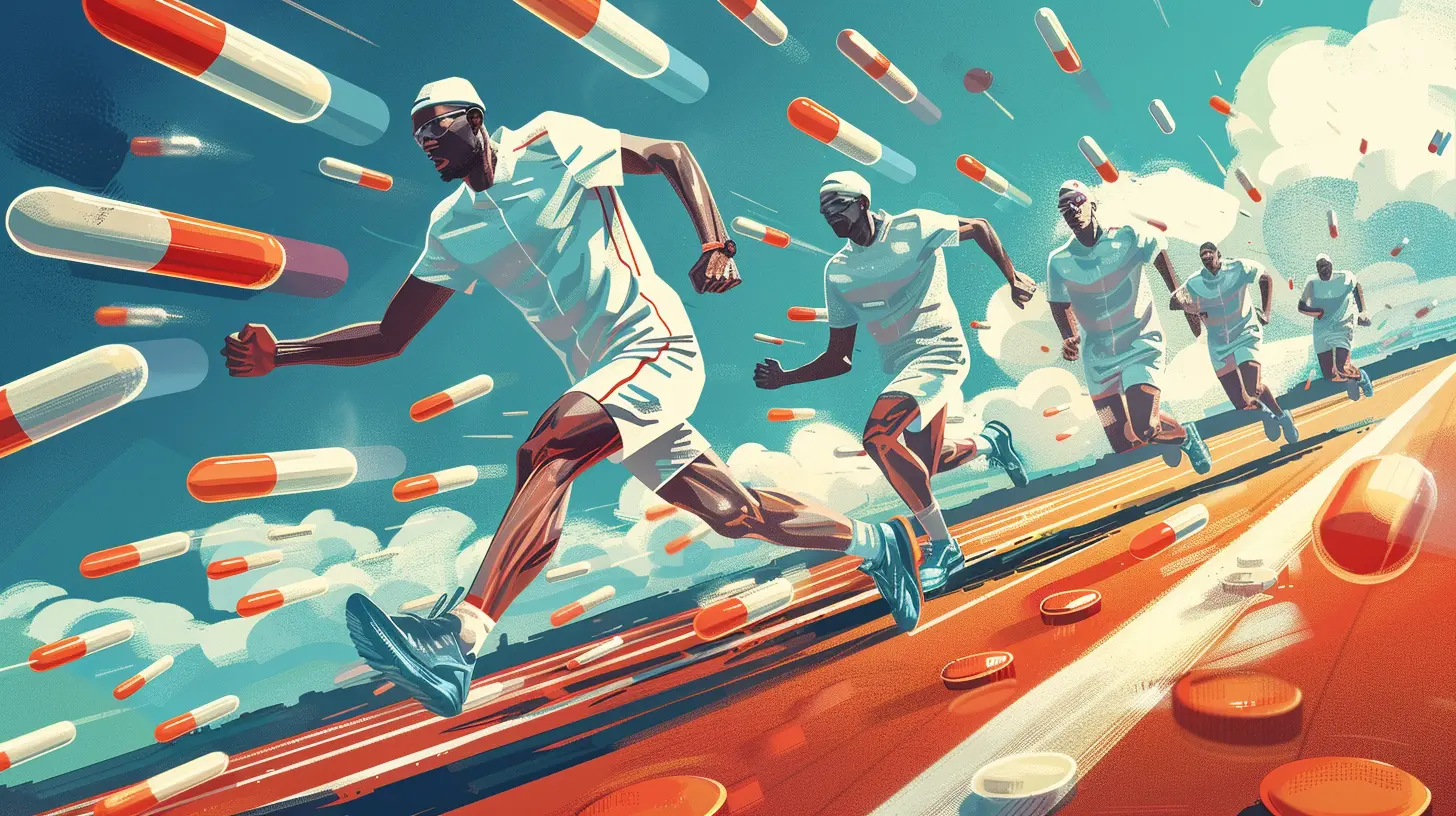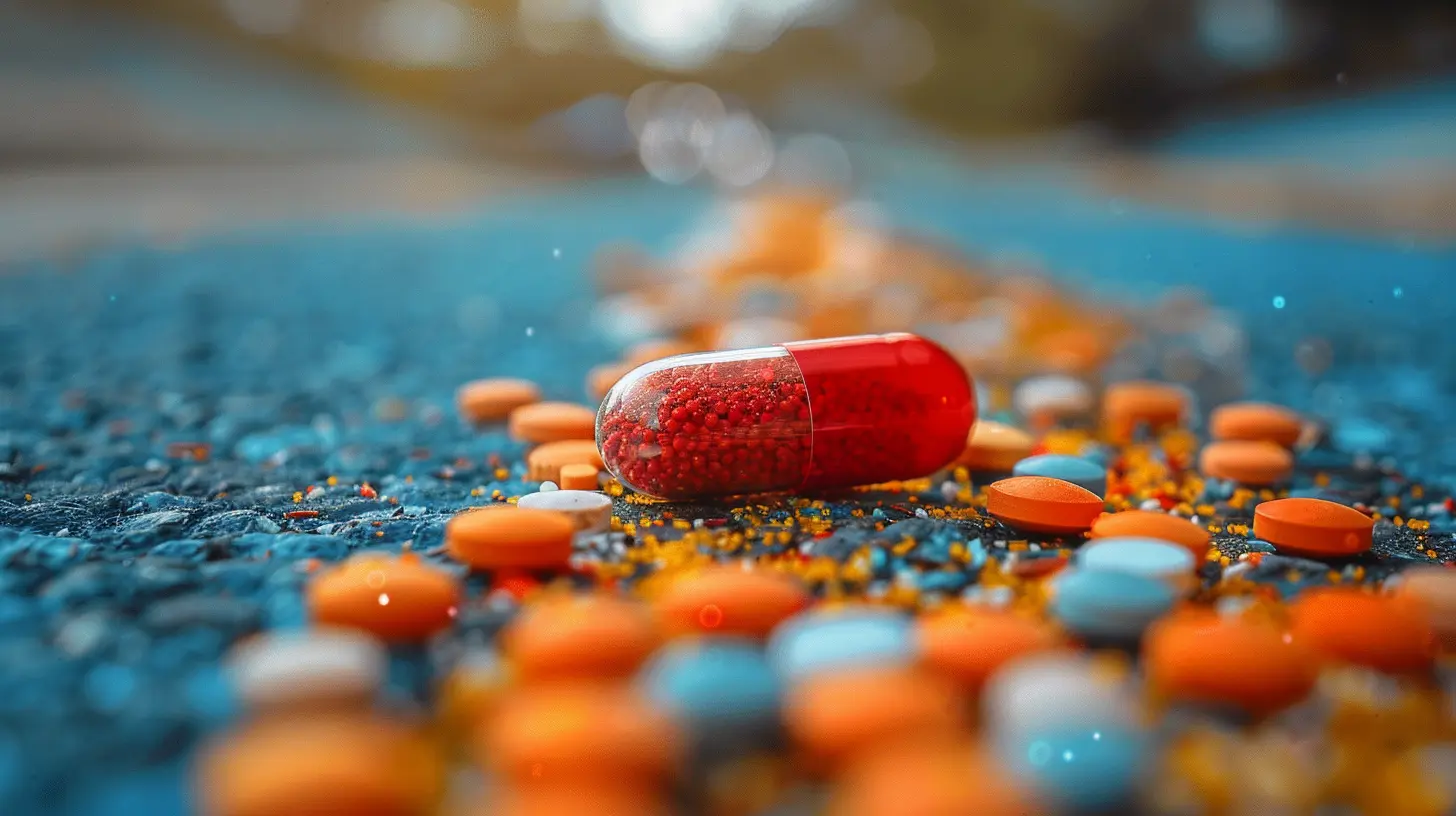Doping Control: The Future of Unannounced Testing
24 May 2025
Doping in sports is like a shadow lurking behind every major competition. As athletes break records and push human limits, the temptation to seek an edge through performance-enhancing drugs (PEDs) remains a real challenge. But here's the game-changer—unannounced testing is evolving, and it's about to shake up the entire landscape of sports.
Gone are the days when athletes could simply dodge a test by timing their usage right. The future of anti-doping is unpredictable, relentless, and, most importantly, unavoidable. So, what exactly is in store for doping control, and how will unannounced testing become the ultimate weapon against cheaters? Let’s dive deep. 
Why Unannounced Testing Matters
If doping tests were like pop quizzes, a lot of athletes would ace them. Why? Because when testing is scheduled, they have time to clear their systems, use masking agents, or cycle off banned substances. That’s where unannounced testing levels the playing field.Imagine if law enforcement only told criminals when they’d be conducting raids—no one would ever get caught! The same logic applies to sports. Surprise testing ensures that athletes can’t game the system. It puts everyone on notice, making drug cheats nervous every single day, not just on competition day.
With stricter policies and better science, doping tests are becoming impossible to evade. The message is clear: if you're cheating, they'll find you—sooner or later. 
The Evolution of Doping Tests
Doping control has come a long way since the early days of basic urine tests. Today, the methods are more advanced, more frequent, and, frankly, more terrifying for those looking to cheat.1. The Rise of Biological Passports
A biological passport isn’t some fancy document—it’s a digital record of an athlete’s physiological markers over time. Instead of searching for banned substances directly, this method monitors changes in an athlete’s blood that signal doping. Even if the drugs have left the system, the effects remain, and that’s what gets flagged.Think of it as a credit score. If there’s a sudden spike or drop in an athlete’s biological data, authorities know something’s off. There’s no running, no hiding—it’s data-driven justice.
2. Microdosing and Why It No Longer Works
Athletes once found loopholes with microdosing—taking small, frequent amounts of PEDs to avoid detection. But modern tests have closed that gap. With random, round-the-clock monitoring and enhancements in detection technology, even the smallest traces of doping don’t go unnoticed.3. The Power of Dried Blood Spot Testing
Traditional blood tests require syringes, trained personnel, and significant effort. Dried blood spot (DBS) testing, however, allows quick, easy, and less invasive sampling. A simple prick on the finger can provide enough data to catch an athlete red-handed.This method makes it easier to conduct frequent tests without the logistical nightmares of traditional blood draws. It’s fast, efficient, and damn near impossible to fool. 
AI and Big Data: The Future of Anti-Doping
Welcome to the digital age, where artificial intelligence (AI) and big data play a major role in sports integrity. Anti-doping agencies are now using AI to analyze patterns and detect suspicious behavior long before an athlete even sets foot in the testing lab.1. Predictive Analytics—Catching Cheats Before They Cheat
Imagine AI as a detective that never sleeps. By analyzing past doping cases, training schedules, and biological markers, AI can predict which athletes are most likely to dope. This enables authorities to focus their unannounced tests on high-risk individuals, making each test count.2. Machine Learning Enhancing Detection Techniques
Machine learning is improving the accuracy of doping tests by detecting even the slightest abnormalities in athlete samples. The more data it analyzes, the better it gets at differentiating between natural fluctuations and performance-enhancing substances. In other words, it’s becoming impossible to outsmart the system.
Privacy vs. Fairness: The Ethical Dilemma
While unannounced testing is essential for clean sports, it brings up a heated debate—how much privacy should an athlete sacrifice?Athletes already live under a microscope with strict testing protocols, location tracking, and 24/7 monitoring. Some argue that it’s an invasion of privacy, while others believe it’s a necessary trade-off to maintain fairness.
But let’s get real—if you’re competing at the highest level, you should be held to the highest standard. Clean athletes deserve to know that their competition isn’t winning through deceit.
How Unannounced Testing Will Evolve in the Next Decade
1. 24/7 Testing Through Wearable Tech
Smartwatches track your steps; imagine if they tracked PED usage too? Wearable technology could soon play a role in 24/7 doping monitoring. Sweat sensors, saliva tests, and even real-time blood monitoring might become the norm, making cheating a near impossibility.2. Gene Doping: The Next Big Battle
With advancements in genetic engineering, there's a growing concern about gene doping—modifying an athlete’s DNA for enhanced performance. The fight against this form of doping is just beginning, but unannounced, advanced testing methods will be crucial in battling this futuristic cheat code.3. Blockchain for Transparency
Corruption and cover-ups have plagued doping control in the past. Blockchain technology could offer a solution by creating tamper-proof records of test results. This would ensure that no athlete, organization, or country can manipulate the system for their own benefit.The Bottom Line: No More Easy Cheats
Unannounced testing is no longer just about surprise visits—it’s about complete unpredictability. Anti-doping authorities want athletes to feel like their next test could happen at any moment, anywhere, under any condition.With AI, wearable tech, and better testing methods in the mix, we’re heading toward a future where doping isn’t just risky—it’s downright suicidal for an athlete’s career. The message is clear: if you cheat, you will get caught.
For athletes who compete clean, this is great news. And for those who think they can outmaneuver the system? Well, their days are numbered.
all images in this post were generated using AI tools
Category:
DopingAuthor:

Onyx Frye
Discussion
rate this article
3 comments
Pilar McAllister
Unannounced doping tests challenge athletes' integrity and redefine competitive fairness. While they may deter substance abuse, this approach raises ethical dilemmas about privacy and trust in sport. Ultimately, the future of doping control must balance enforcement with the spirit of athleticism.
June 1, 2025 at 3:25 AM

Onyx Frye
You're right—unannounced doping tests bring important ethical considerations to the forefront. Balancing integrity, privacy, and fair competition is crucial for the future of sport. Thank you for sharing your thoughts!
Zadie McQuillen
Great article! While doping control might seem daunting, it’s all about keeping sports fair and fun. Unannounced testing can level the playing field, ensuring true talent shines through. Here’s to a brighter, cleaner future for all athletes! Keep pushing forward!
May 27, 2025 at 3:39 AM

Onyx Frye
Thank you for your support! I'm glad you found the article valuable. Together, we can promote fairness and integrity in sports!
Allegra Kane
Unannounced testing enhances fairness; integrity is essential.
May 25, 2025 at 12:15 PM

Onyx Frye
Thank you for your comment! I completely agree—unannounced testing is crucial for maintaining fairness in sports and upholding integrity.



